Seabery AUGMENTED TRAINING
Designed with the objective to improve the learning processes. Our training promotes intensive practice, being dynamic and flexible. It allows the teachers to easily manage the different courses with several students, regardless of their level, learning rhythm and location.
E-learning
LMS (Learning Management System) application for the management and development of a course which allows the teacher to create contents, manage the course, and control the evolution of the students, as well as the interaction between the teacher and student in real time.
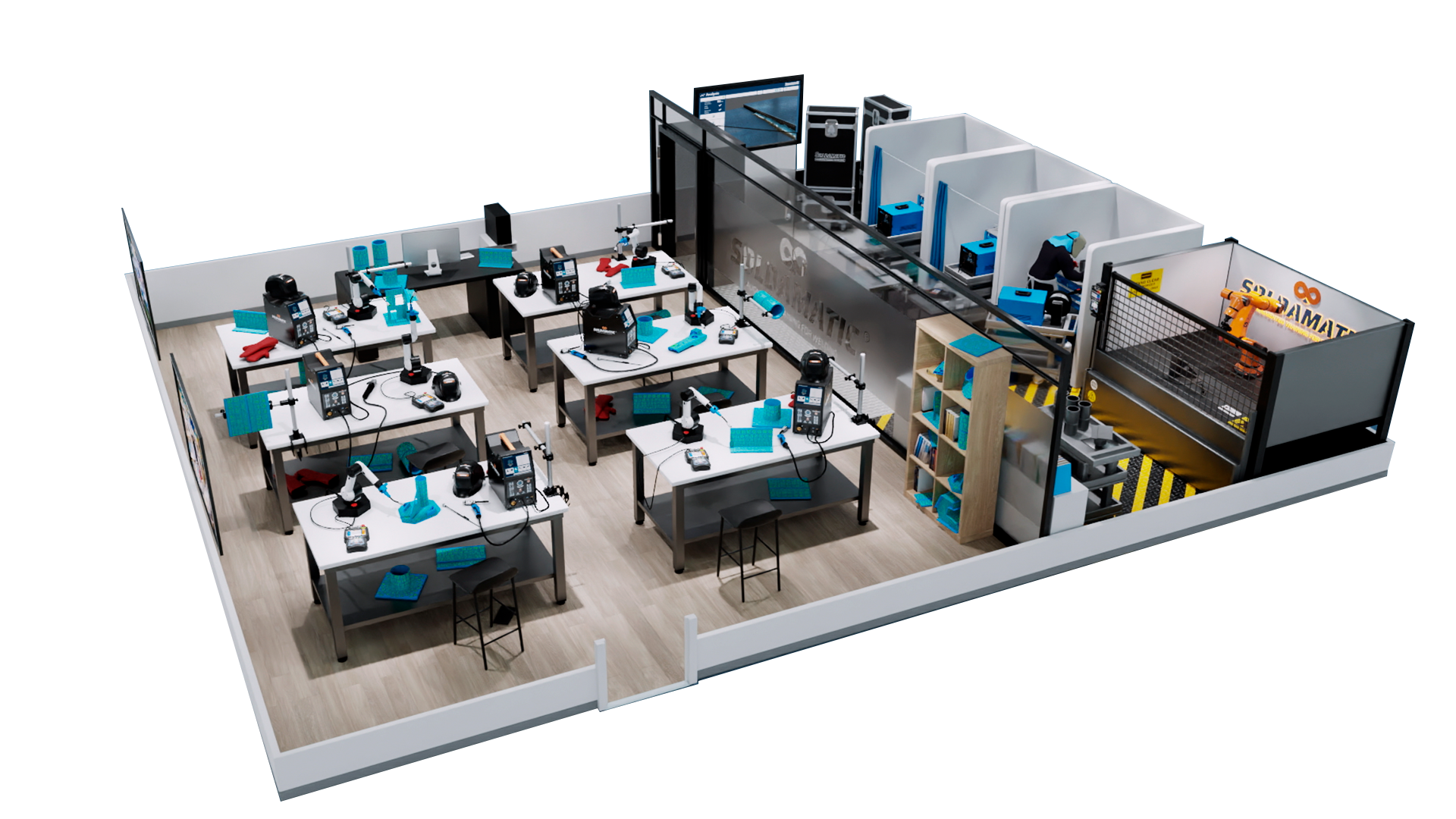
Student Simulator
It allows students to immerse themselves in simulation environments in which they can practice realistically without limitations, risks or associated costs until they acquire the necessary skills and abilities to move to a real environment, being able to analyze at any time the results of each of the practices to emphasize the areas where they have more difficulties.

Practice Workshop
Real practice is always needed, once the student develops the necessary skills and abilities in Augmented Reality, it is the moment to move to the real environment.

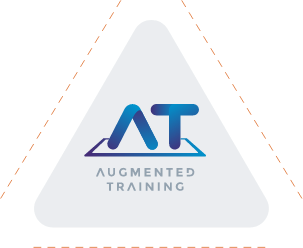
Augmented Reality to digitalize vocational training


Why Augmented Reality?
Simulation in learning is a very effective method that allows students to prepare for confronting the real world by developing their knowledge, skills, and aptitudes through experience.
Augmented Reality integrates the real world with the digital world, letting the user be conscious of the real world and interact with the digital world by using natural body movements and real objects.
On the other hand, Virtual Reality creates a whole digital world, the users are not conscious of the real world because they lose any contact with it.
Virtual Reality
Creates a whole digital world.
The user is not conscious of the real world.
It is difficult to differentiate both worlds.
100% generated by computer.
Individual experience.
Augmented Reality
Integrates real world with digital world.
The user is conscious of the real world.
It is simple to differentiate both worlds.
Locate digital objects in real world.
Interactive, it is based on communication between user and real world.

e-Learning
e-Learning is a LMS (Learning Management System) application for the management and development of the course which allows to the teacher to create contents, manage the course, and control the evolution of the students, as well as the interaction between the teacher and student in real time.
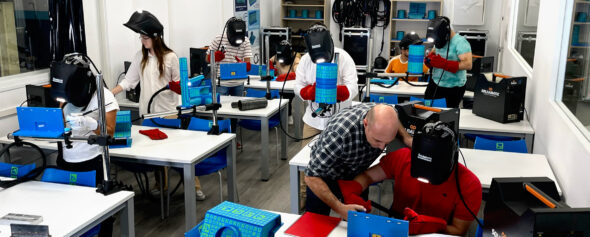
TEACHERS
Create content and practices or use the available ones.
Select the scoring methodology and guidelines.
Manage the students.
Control the evolution of each student or the totality of them.
Analyze the technique parameters, adjustments, and defects.
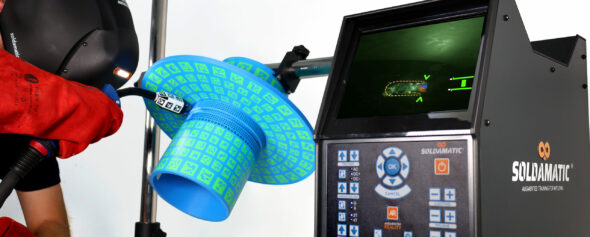
STUDENTS
Web access to the contents, theory, and practices.
Review their own performance.
Analyze the technique parameters, adjustments, and defects.

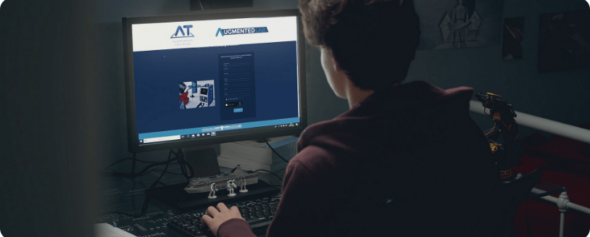
ACCESSIBILITY
Connection in real time is not necessary , the information is updated when the connection is reestablished.
Virtual class; sharing their screen and chatting in real time.
Database in the local server or the cloud.
Connection in real-time and continuous update of data in the server.
Student and teacher can communicate in real time by chat or sharing the screen.




